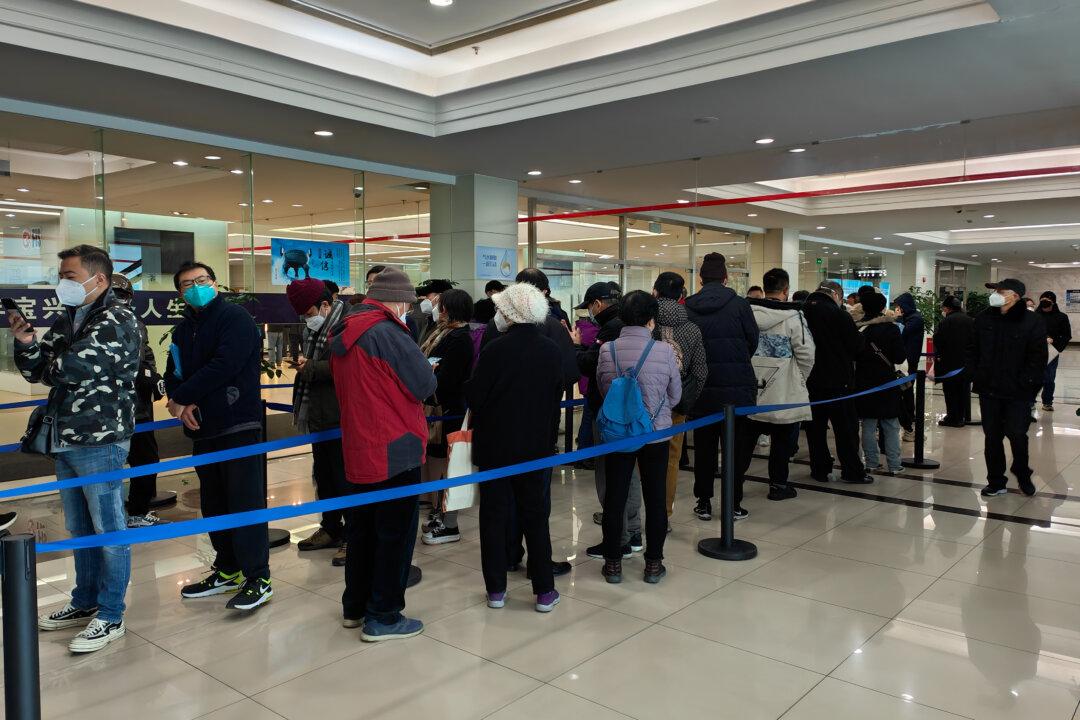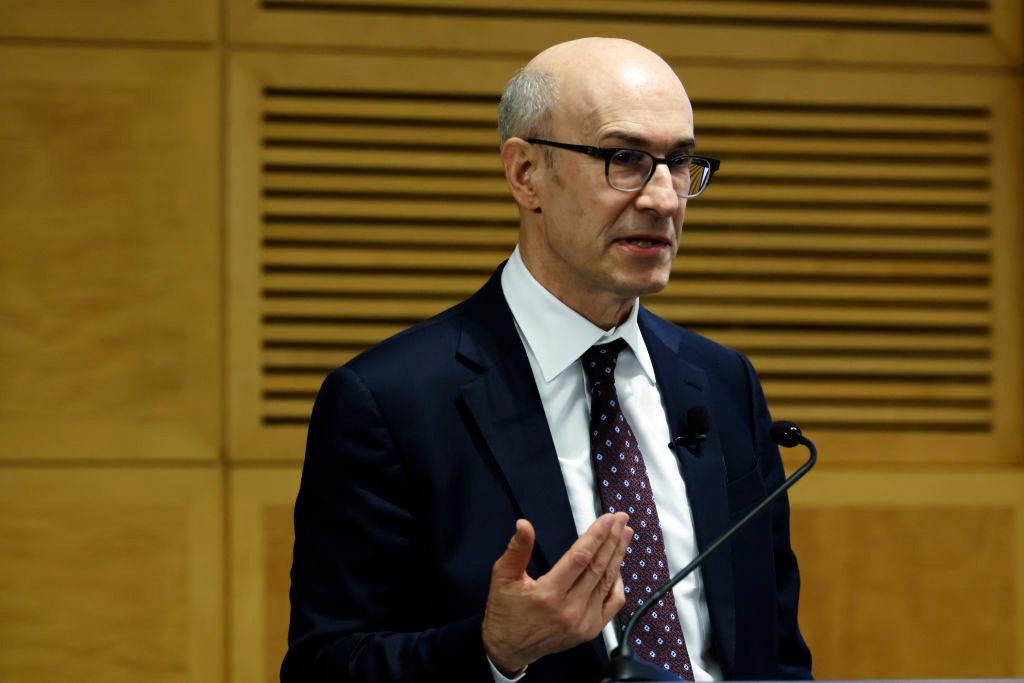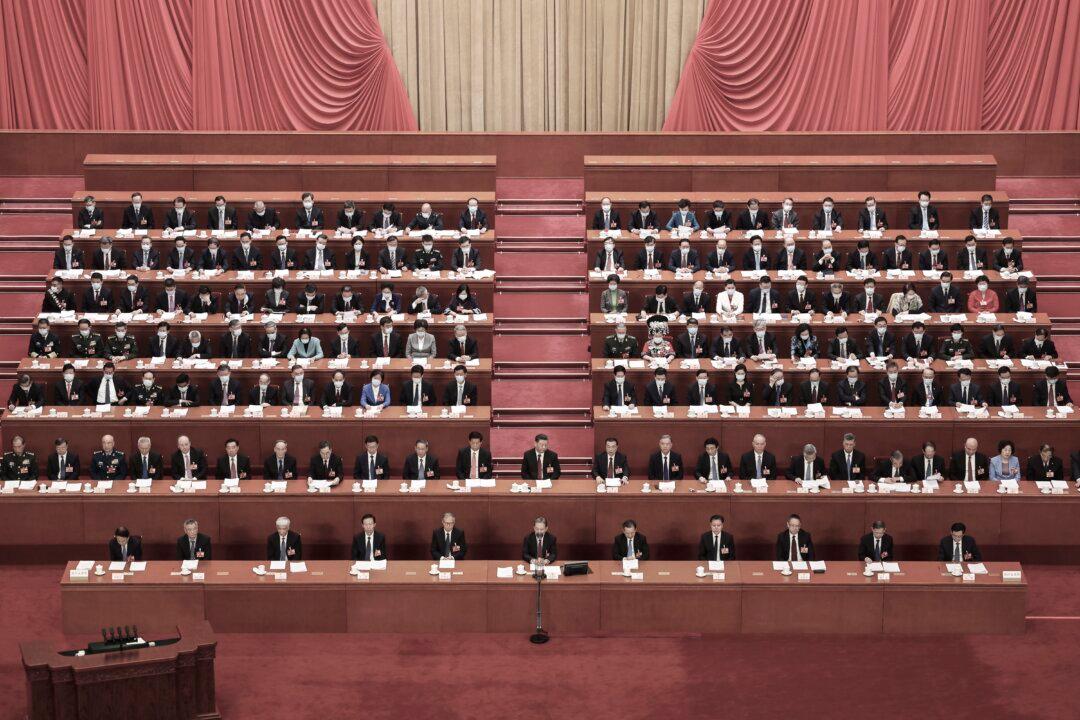As tens of millions of Chinese carrying luggage and gifts traveled for long-awaited family reunions, grieving relatives struggled to get their loved ones to their final resting place ahead of the Lunar New Year.
Interviews with staff at five funeral homes in Shanghai on Jan. 18 revealed that the waiting times to get a cremation slot were extended as far as early February, even as furnace ovens have been operating until late at night and early dawn to cater to the surging demand amid an explosive COVID-19 outbreak.




